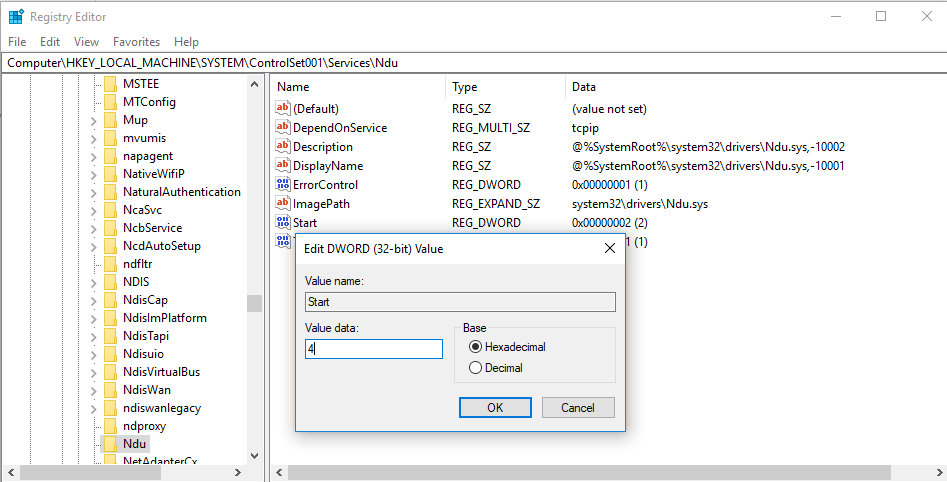

- #HOW TO RUN POOLMON.EXE HOW TO#
- #HOW TO RUN POOLMON.EXE UPDATE#
- #HOW TO RUN POOLMON.EXE PROFESSIONAL#
- #HOW TO RUN POOLMON.EXE WINDOWS#
#HOW TO RUN POOLMON.EXE WINDOWS#
#HOW TO RUN POOLMON.EXE PROFESSIONAL#
Microsoft Windows XP Professional 圆4 Edition.Microsoft Windows Server 2003, Web Edition.Microsoft Windows Server 2003, Standard Edition (32-bit x86).Microsoft Windows Server 2003, Enterprise Edition (32-bit x86).Microsoft Windows Server 2003, Datacenter Edition (32-bit x86).Microsoft Windows Server 2003, Enterprise 圆4 Edition.Microsoft Windows Server 2003, 64-Bit Datacenter Edition.It takes a few seconds for each command to work. Press the letter indicated below to perform the operation. Poolmon.exe also has a few command keys that sort the output for you. Repeat step 7 to look for the value nonpaged.Click Start, point to Programs, point to Accessories, and then click Notepad.Select the whole screen contents, and then press ENTER.Press B to sort the columns from largest to smallest.Press P until Poolmon displays the second column "type" and shows the value paged.Support.CAB is located under the \Support\Tools folder. On the Windows 2000 CD Poolmon.exe is in the Support.CAB file. Change to the drive and folder where Poolmon.exe is located. Locate Poolmon.exe in the Support\Debug\ platform folder on the Windows NT 4.0 CD.Click Start, point to Programs, and then click Command Prompt.Click the Layout tab, change the Screen Buffer Size value to 99, and then click OK.Click the Options tab, click QuickEdit Mode, and then click Insert Mode.Right-click the title bar, and then click Properties.Click Start, click Run, type cmd, and then click OK.Note For Windows 2000 you must perform the following steps: Click Start, point to Settings, click Control Panel, and then double-click Console.
#HOW TO RUN POOLMON.EXE UPDATE#
Append each update to the end of the Notepad file. Repeat these steps for two hours at 15 minute intervals. Use the following steps to copy and store the tag information.

Poolmon.exe is available in the Windows NT 4.0 Resource Kit and in the \Support\Tools folder of Windows 2000, Windows XP, and Windows Server 2003 CD-ROMs. Use the arrow keys or the PAGE UP and PAGE DOWN keys to display all the tag information returned by the tool. PoolMon displays pool tag information within a command window. Note When you are finished debugging, repeat the above steps to disable pool tagging. Click Start, click Run, type gflags.exe, and then click OK.To make the change by using Gflags.exe, follow these steps: Note Because pool tagging is permanently enabled in Windows Server 2003, the Enable Pool Tagging check box in the Global Flags dialog box is dimmed and commands to enable or disable pool tagging fail. Gflags.exe is available in the Windows NT 4.0 Resource Kit and in the \Support\Tools folder of Windows 2000, Windows XP, and Windows Server 2003 CD-ROMs. You can also use the Global Flags Editor (Gflags.exe) utility to enable pool tagging. Note When you are finished debugging, change the GlobalFlag value back to the original value that you were instructed to write down in step 3. It is important to add all of the leading zeros or some of the Poolmon information will not display on the output screen. Note When you add the global flag value 0x00000400, it only shows up as being 0x400 after it is added. Change the value to 0x00000400 hexadecimal.Double-click the GlobalFlag value in the right pane.
#HOW TO RUN POOLMON.EXE HOW TO#
For more information about how to back up and restore the registry, click the following article number to view the article in the Microsoft Knowledge Base: Then, you can restore the registry if a problem occurs. For added protection, back up the registry before you modify it. Therefore, make sure that you follow these steps carefully. However, serious problems might occur if you modify the registry incorrectly. Important This section, method, or task contains steps that tell you how to modify the registry. To change the registry value that enables tag mode for Poolmon.exe, follow these steps. To enable pool tagging on a Windows NT 4.0-based, Windows 2000-based, or Windows XP-based computer, use one of the following methods: Note It is not necessary to enable pool tagging in Windows Server 2003 as it is enabled by default. The pool tagging feature collects and calculates statistics about pool memory sorted by the tag value of the memory allocation. The second section describes how to gather the information for troubleshooting by using Poolmon.īefore running PoolMon, you must enable pool tagging and then restart your computer. The first section that follows describes how to enable tag mode for using Poolmon.


 0 kommentar(er)
0 kommentar(er)
